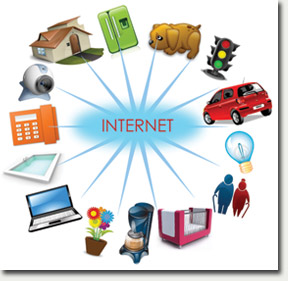“International Data Corporation (IDC) has looked at the components, processes, and supporting IT and connectivity for the Internet of Things and expects IoT technology and services spending to generate global revenues of $4.8 trillion in 2012 and $8.9 trillion by 2020, growing at a compound annual rate (CAGR) of 7.9%.”
These are very impressive growth predictions. One of the big questions for legacy enterprises is how to incorporate an IoT (Internet of Things) into their existing infrastructure to get the benefits of IoT that we all hear about. In a recent article in Computerworld, “The Internet of Things figures into this IT leader’s five-year plan”, ATS IT Director, Chris LeBeau answers several questions on his company’s 5 year plan for implementing an IoT strategy, and trying to figure out all the implementation issues and then how to articulate the benefits. And they have to migrate from mainframes! LeBeau admits that “The data coming off these [networks] would be significant, so how would you process and store that? You need to think about categorizing, correlating, giving it context and meaning so it’s not just data but information you can make decisions from.”
Enterprises that suddenly want to be part of the IoT wave really need to figure out their strategy. They need to understand what areas can best benefit from being part of the IoT system, it can be anything from self-reporting vending machines, to tracking your drivers’ behavior and tracking your assets in real time. It’s drones and self-driving vehicles!
On the back-end side, it’s all about the data, however, and, as Mr. LeBeau points out, how to make sense of it; the data analytics and contextual relationships between data elements!
In order to reach that predicted growth by 2020, there really needs to be a way to enable these large enterprises to more easily migrate from their legacy systems to these new IoT paradigms so that the benefits that we all envision can be made possible. This could be data aggregation and analytics engines, plug and play devices that can be easily deployed on any network, and of course we need to answer the interoperability and security issues.





